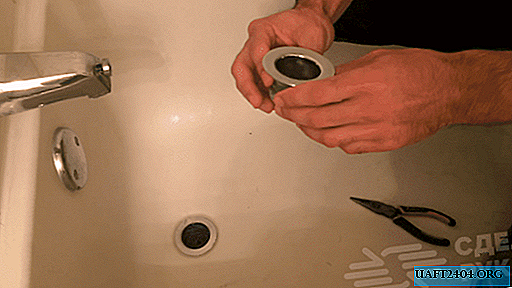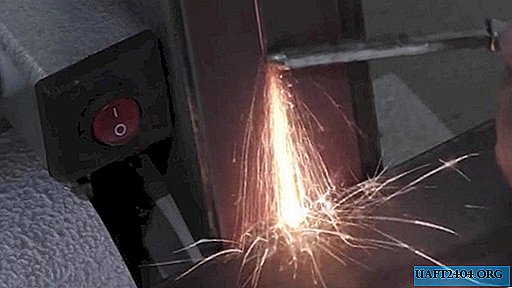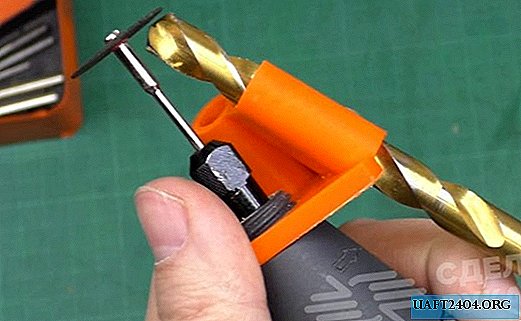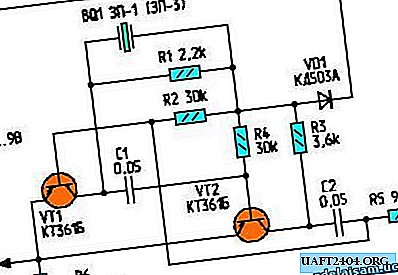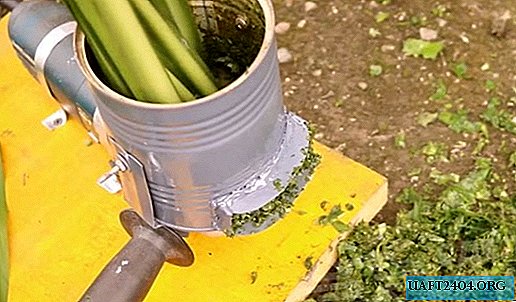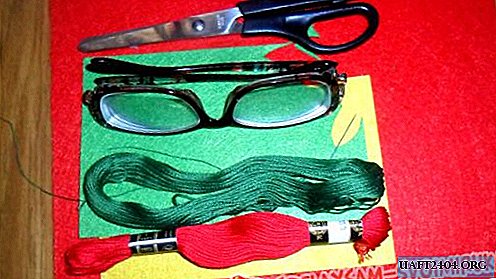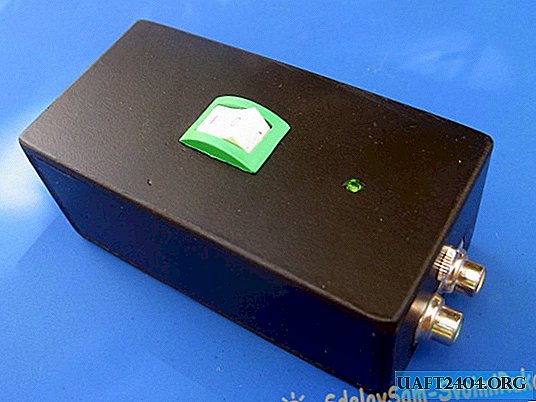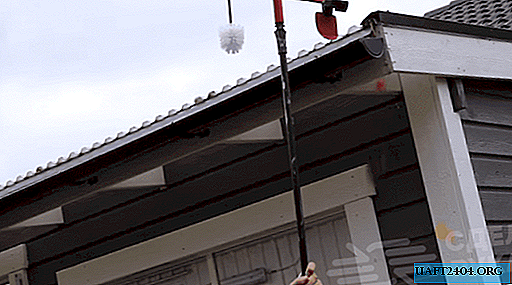Share
Pin
Tweet
Send
Share
Send
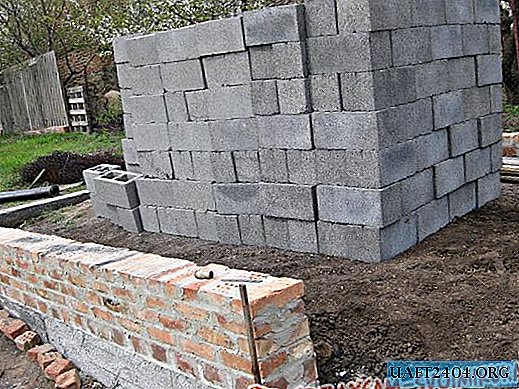
1. The first step is to clean the foundation of debris.

2. To smooth out irregularities on the foundation, it is necessary to prepare a thin solution. Make a solution of a mixture of sand and cement grade M 400.

3. Then you should align uneven places.

4. Before starting work on the construction of walls, it is necessary to install waterproofing. To do this, take the roofing material and cut into the desired size.

5. It is convenient to cut a ruberoid to one person with the help of a kapron thread and a brick.

6. To do this, lay the roofing material on a flat surface, and on top of a kapron thread tied to a brick.

7. The next action is to bend the roofing material to the desired size, in our case in half.

8. Take the free end of the thread in the hand.

9. We step on the roofing material with our feet, and we try to stretch the thread through the folded edge of the roofing material, thereby cutting it.

10. After the necessary amount of waterproofing has been cut, we lay it on the foundation.

11. In order for the waterproofing not to be blown away by the wind, it is pressed with cinder blocks.

12. We begin the laying of walls with the establishment of corners.

13. After the corners are entered and the diagonals are checked, we begin laying the wall.

14. We lay the solution under the block.

15. To fasten the blocks together, it is necessary to impose a solution on the end face of the block.

16. Install the block in its place, while pressing it to the neighboring block.

17. To keep the walls smooth, we lay the masonry under a mooring cord, which is attached to a bracket made of electrode No. 3 wire by folding it in half.

18. We stretch the mooring cord along the entire length of the wall, fixing the staples with bricks on the corner blocks.

19. At the same time, the thread of the mooring cord should be tight. We produce tension to such an extent that the bracket is at the limit of pulling out from under the brick.

20. The consistency of the mortar for masonry blocks should not be liquid. To save the solution, we lay the bed only according to the area of contact of the block with the working surface.

21. When laying the block, the solution will fill only the necessary parts of the contact.

22. The subsequent unit is installed in its place. Since the solution is non-liquid, the block will be above the level of the mooring cord.

23. Then the block must be seated with a pickaxe to the level of the mooring cord. When the block shrinks, the excess cement-sand mortar is squeezed out of the seam.

24. The excess solution is removed with a trowel.

25. In this way, we masonry block by block until the construction of the necessary structure.

As a result, we get a reliable design, which in the future can be used as a barn.

Share
Pin
Tweet
Send
Share
Send

